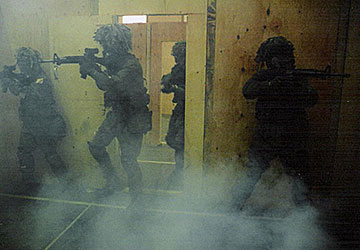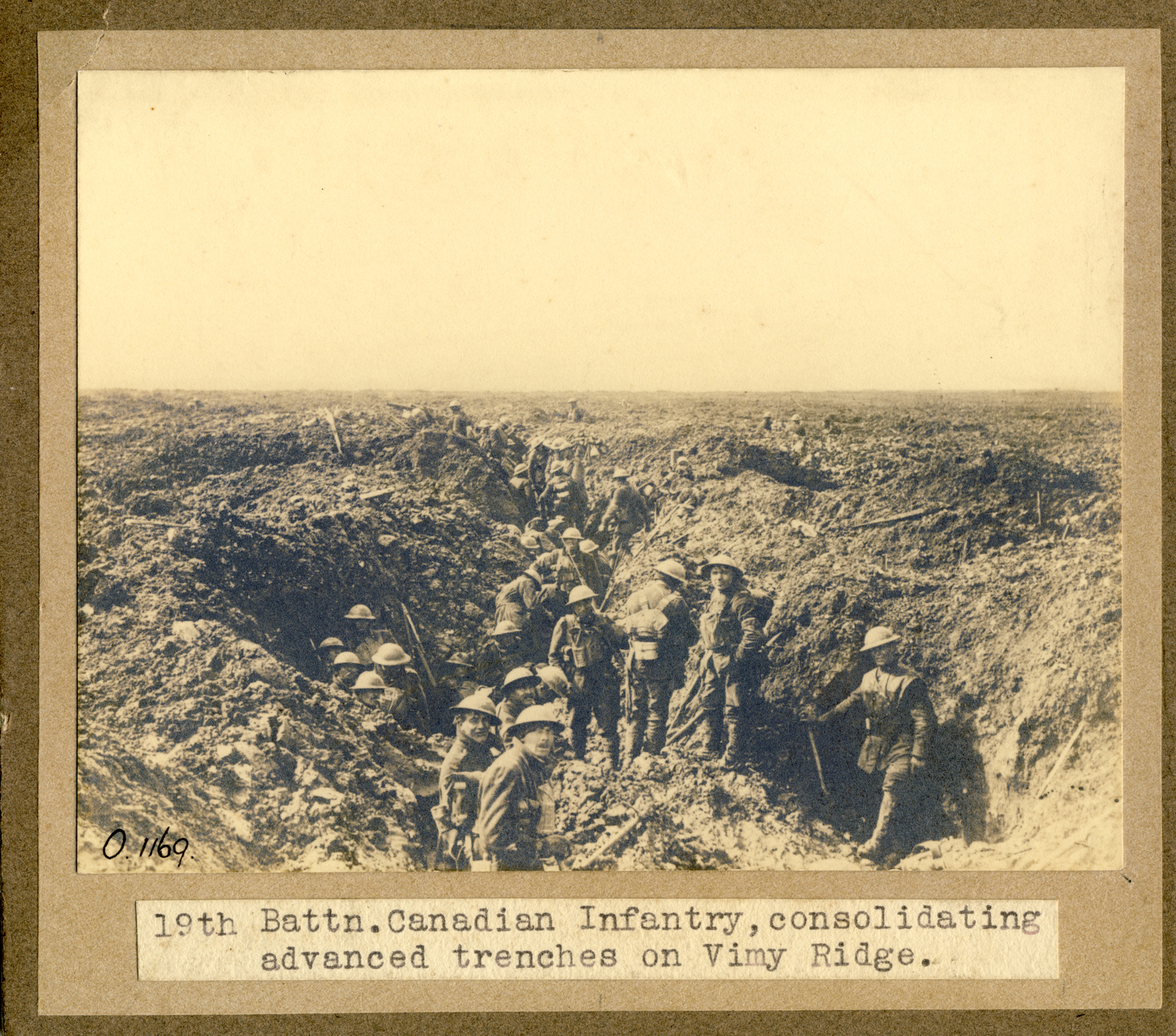Argylls Training
The profession of arms demands training – training for war; it is the solemn obligation of the chain of command to ensure it. Yet, training, especially good training, presents its own particular set of problems for the army reserves. When the unit was established in 1903, Canada and its government took the military more seriously than at any point previous. The new armoury was built adjacent to the old armouries (and opened in 1909) to accommodate not only the 91st but also Canada’s growing need for a properly trained reserve. Moreover, Lt-Col William Alexander Logie, put a decided emphasis upon training.
After the First World War, the reserves like the permanent force suffered from severe budget cuts and neglect. There was some training but not much. More often than not, depression era youth were attracted by a bus ticket and cheap beer in the Junior Ranks’ Mess. When the Second War was declared, neither Canada nor its reserves were ready: no modern equipment let alone modern uniforms.

















